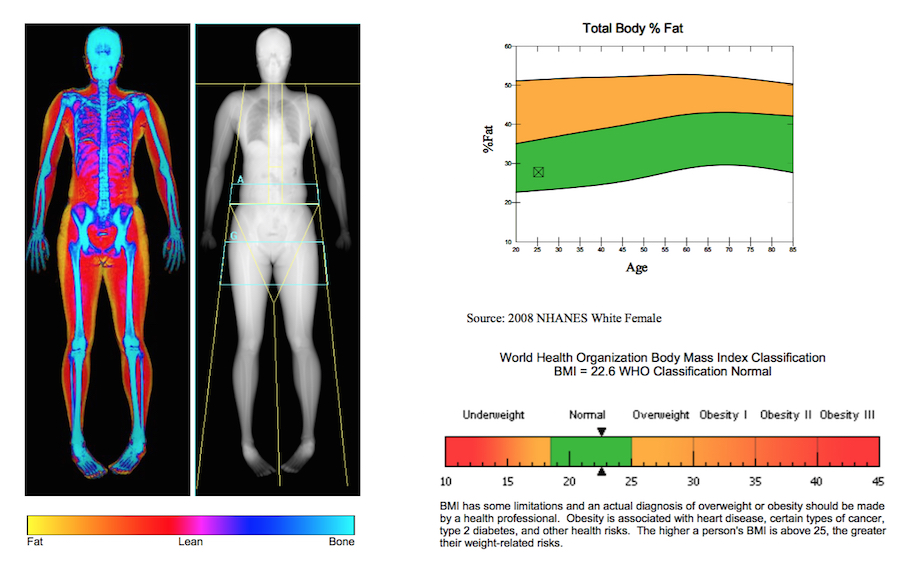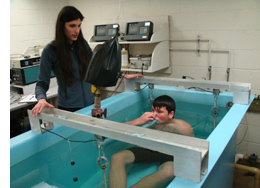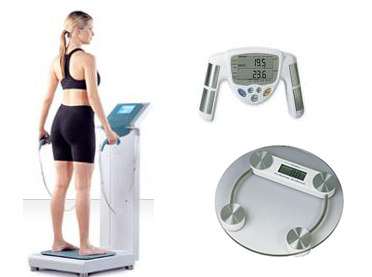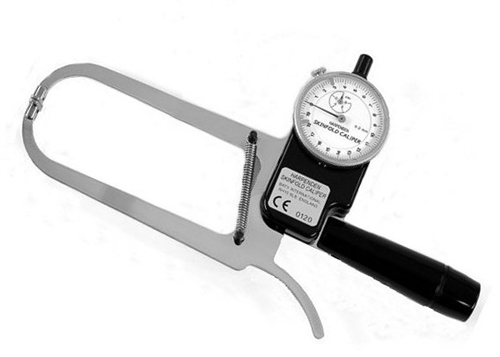There are a variety of different measurement techniques that can be used to measure body comosition.
DEXA
DEXA is currently the gold standard as it allows for whole body and regional fat measurement, using X-ray technologies to estimate 3 body compartments, fat mass, lean body mass, and bone mass.

Hydrostatic
Hydrostatic (Underwater) Weighing is also another reasonably accurate and reliable technique for estimating body fat that’s based on the assumption that the body can be divided into two compartments with constant densities (adipose tissue and lean body mass). These compartments can be teased out by weighing the body under water.

Bioelectrical Impedance
Bioelectrical Impedance is based on the electrical conductivity of body tissues. After sending an imperceptible electrical current through the body, bioelectric impedance devices estimate the amount of lean body mass and fat mass (as well as total water mass).

Skinfold Caliper
Skinfold Caliper measurements use the thickness of the skin at various locations on the body to estimate body fat percentage. This estimate is based on equations derived from Hydrostatic Weighing studies.

Although the DEXA, Hydrostatic, and Bioelectric Impedance methods are fairly accurate and reliable under laboratory conditions, none are suitable for home use. The equipment required for DEXA and Hydrostatic Weighing is very costly and takes up a lot of space, not to mention the fact that the tests themselves are time consuming. Laboratory Bioelectric Impedance devices are also expensive and although there are commercial Bioelectric Impedance scales available (such as the so-called “body fat scales”), these commercial scales are inferior to laboratory devices and are highly variable based on hydration and a number of other factors.
